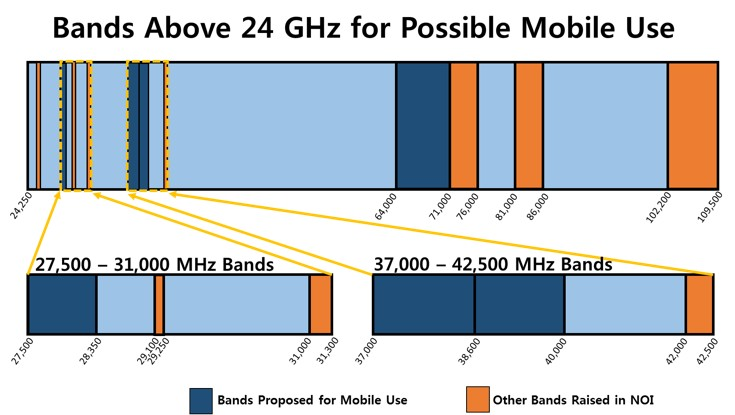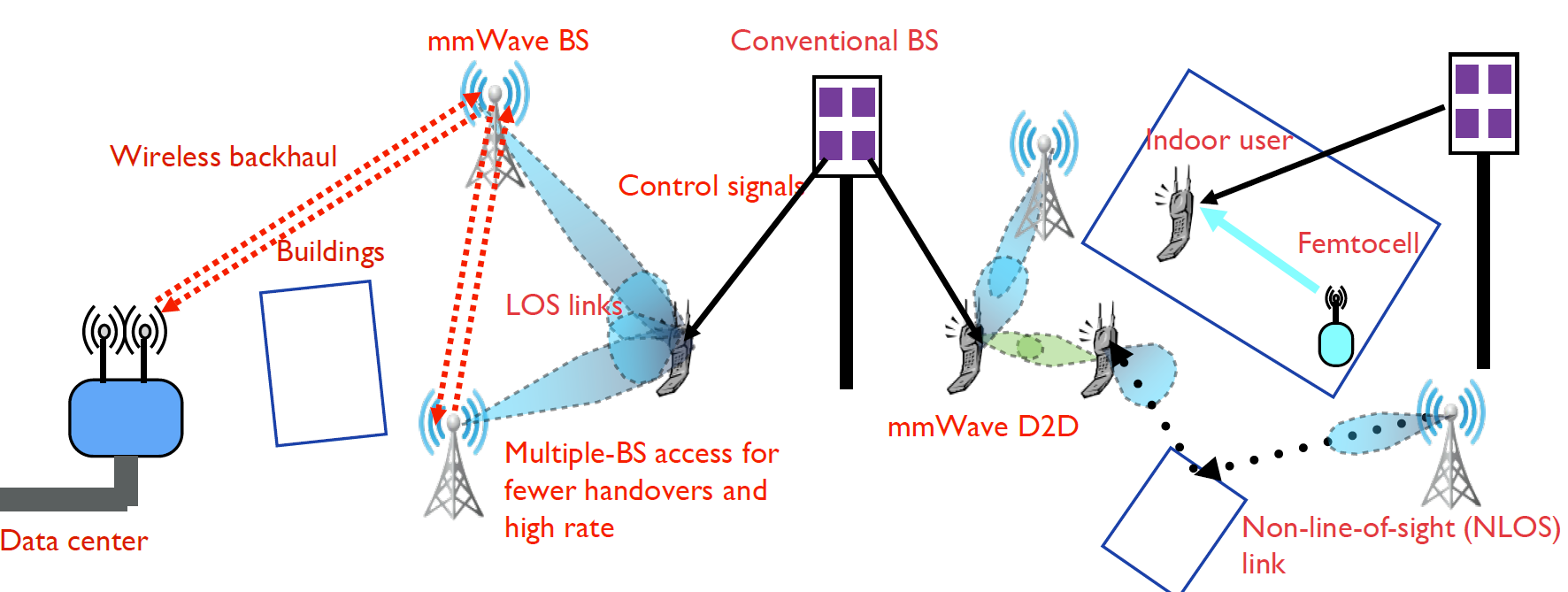5G NR mmWave: A Pandora’s Box for Future Communication
The advancement in wireless communication up to 4G, could perform communication over sub 6 GHz band on their maximum capacity due to hardware constrains and requirements in existing scenario. Cellular users are increasing rapidly worldwide and creating congestion in existing spectrum allocation on the other hand users demanding higher data speed for accessing enhanced mobile broadband data. In few years it is going to be difficult for network operators to provide voice and data services as per existing spectrum for cellular services. This condition driven the network operators for discovering new opportunities and got solution in form of mmWave technology. 3GPP Release 15 established the foundation of 5G NR mmWave.
Millimeter Wave (mmWave) spectrum is the band existing between 30 GHz to 300 GHz, can be used for very high-speed short-range wireless communication. 5G, the next generation wireless communication is going to implement this new technology for getting benefits of untouched spectrum with enormous potential.
Figure 1: mmWave spectrum opportunity [Source: National Instruments]
The mmWave technology has unlocked the door of vast spectrum with potential of different opportunities and applications for users and telecom operator both. The spectrum above 24 GHz has capacity to provide extreme data speeds and much higher capacity than legacy communication techniques.
Figure 2: Analysis of millimetre wave systems for 5G
The 5G NR mmWave implements much higher frequency band, which also suffers from high path loss and highly vulnerable to obstruction. Another challenge for mmWave is at this high operating frequency power and system cost constraints. At these frequency operation precise and stable system components will be required at mobile equipment, which also going to affect the cost of the device as well as power handling capacity.
mmWave: Features
There are several benefits of mmWave which makes it a key component for future mobile wireless communication system.
- Larger bandwidth offers more user can be accommodated.
- Advanced beamforming and beam tracking techniques use 3D directional antennas to increase coverage and non-line of sight (NLOS) operation.
- Increment in data capacity
- Reduction in latency
- Support more efficiently internet-based services
mmWave: Challenges and complexity
- Millimeter wave suffers through different losses. This limits the distance coverage of mmWave.
- It supports Line of Sight (LoS) propagation.
- Power consumption is higher for high frequency operation.
- Resource allocation and interference management
- Backhaul bandwidth management
- Latency and QoS guarantee
Research area and Applications
- Automotive Vehicles
- Device miniaturization
- Extreme low power/ battery-less
- Cell powered devices and systems
- Wearable electronics, flexible electronics, implantable electronics In-body, on- body com.
- Intelligence/sensing/communication embedded in the body and in the environment
- New protocol design and evaluation
- Base station coordination, handoffs, end-to-end performance
- Hybrid transceiver architectures, multi-user MIMO
- Interface with machine learning algorithms
- Prototyping and experimental validation
- New sensing/imaging algorithms and applications on mobile mmWave devices
- Wireless health (sensing physiological status, e.g., heart rate, breathing rate)
- IoT Devices
Recent advancement and testing
- Nokia small cells provide new mmWave and mid-band options to ensure optimal indoor and outdoor 5G coverage.
- TIM and Ericsson make first 5G NR video call using mmWave spectrum in Europe.
- Qualcomm and Nokia Complete 5G NR mmWave and Sub-6 GHz Over-the-Air (OTA) Interoperability Test Calls in Preparation for Commercial 5G Deployments in Early 2019
- Qualcomm’s QTM052 mmWave antenna modules: Provides support for up to 800 MHz of bandwidth in the 26.5-29.5 GHz, 27.5-28.35 GHz, and 37-40 GHz mmWave spectrum bands.
- Snapdragon X5: The “world’s first” 5G modem
- Samsung, SK Telecom completed successful demos of a 5G mmWave multi-cell handover
- Researchers Develop Low-cost, Low-power Framework for 5G Deployments in IoT Devices
Despite many things is still unclear in finalization of 5G wireless communication, but one thing is much clear: mmWave technology is going to play a significant role in deployment of 5G. Next generation communication technology is on the rise and world is waiting to see how it is going to be implemented.


 English
English

